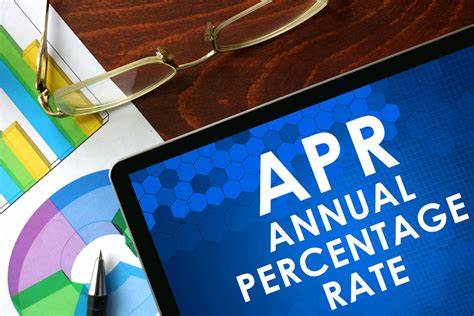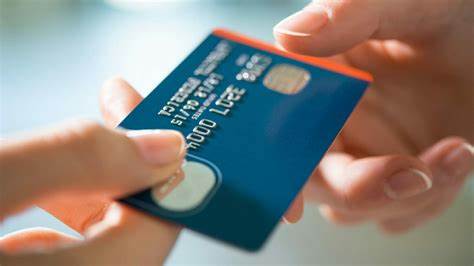This article is part of a series of articles about understanding your FICO credit score, and we'll delve into each component that details your credit score calculation. In the first two parts of this series, you learned that the payment history and the amount owed have the greatest impact on your FICO credit score. In this article, you will learn about the next biggest factor in the FICO score, the length of your credit history and credit combination.
 If you have ever bought a credit card everywhere, you may see the word "APR" with a lot of related footnotes. You know this is related to your interest rate, but most people are not sure - what is APR?
If you have ever bought a credit card everywhere, you may see the word "APR" with a lot of related footnotes. You know this is related to your interest rate, but most people are not sure - what is APR?
APR stands for annual interest rate and is used in a variety of financial environments, including credit cards, car loans, mortgages, and more. For credit cards, this represents your interest rate during the year. If there is a balance on your credit card (that is, you don't pay the full balance of the bill every month), the amount of interest you owe to your card depends on your annual interest rate. For those who do not have a balance, the annual interest rate is a less important factor when choosing a card. If you may need a balance, a low APR can save you a lot of money for a long time. When you decide to use a credit card, be sure to pay attention to this rate. We will tell you everything you need to know and make you an expert in APR selection.
If you don't pay all the bills on time, APR (Annual Rate) is used to calculate the amount you owe to the credit card company. However, it's not easy to figure out what you owe, just multiply your total annual interest rate by your outstanding balance. First, you need to lower the annual interest rate to the rate used by your credit card.
First, divide your credit card applicant's annual interest rate by the number of days in a year to get your daily rate. Then, multiply the daily rate by the number of days in the billing cycle to get your monthly rate. Finally, multiply this interest rate by your outstanding balance to see how much interest you owe.
However, when you compare APRs for credit cards, they are broken down in the same way. To choose between credit cards, no calculations are required - just select the card with the lowest purchase rate during and after the promotion.
My options list different types of APRs - what do they mean?
The APR of many credit cards varies depending on the purpose of the credit card. Therefore, you may not pay the normal credit card consumption rate as you would with cash. Here are a quick guide to the four most common APR types:
Be sure to carefully observe all types of APR on the card, not just the low entry rate. For some of these types, a better price may help distinguish all card options.
- Introductory APR: The ratio applied during the “introductory” period when you first get the card. This APR may apply to your purchase, balance transfer, or any other combination of things within a limited time window.
- Purchase annual interest rate: The rate at which you normally purchase a credit card.
- Prepaid cash APR: The rate of any prepaid cash you receive from your credit card. If you anticipate a cash advance, be sure to check the printout here. Interest rates are usually high and there may be no grace period.
- Penalty rate: The highest interest rate, if you have violated the terms of the credit card to some extent, this may be used. For example, you can do this by not paying the minimum amount due on your credit card statement before the due date.
What is a good APR? What can I expect?
The APR provided will depend on your credit score and the card you are viewing. Promotions may make some credit card APRs look lower than long-term, so make sure you know what you are doing. Currently, the average annual interest rate of all cards is 17.15%. However, this number depends on which card you are looking at. Especially in the holiday shopping season, the enticing store card offer, the median in APR was 25.64%.



